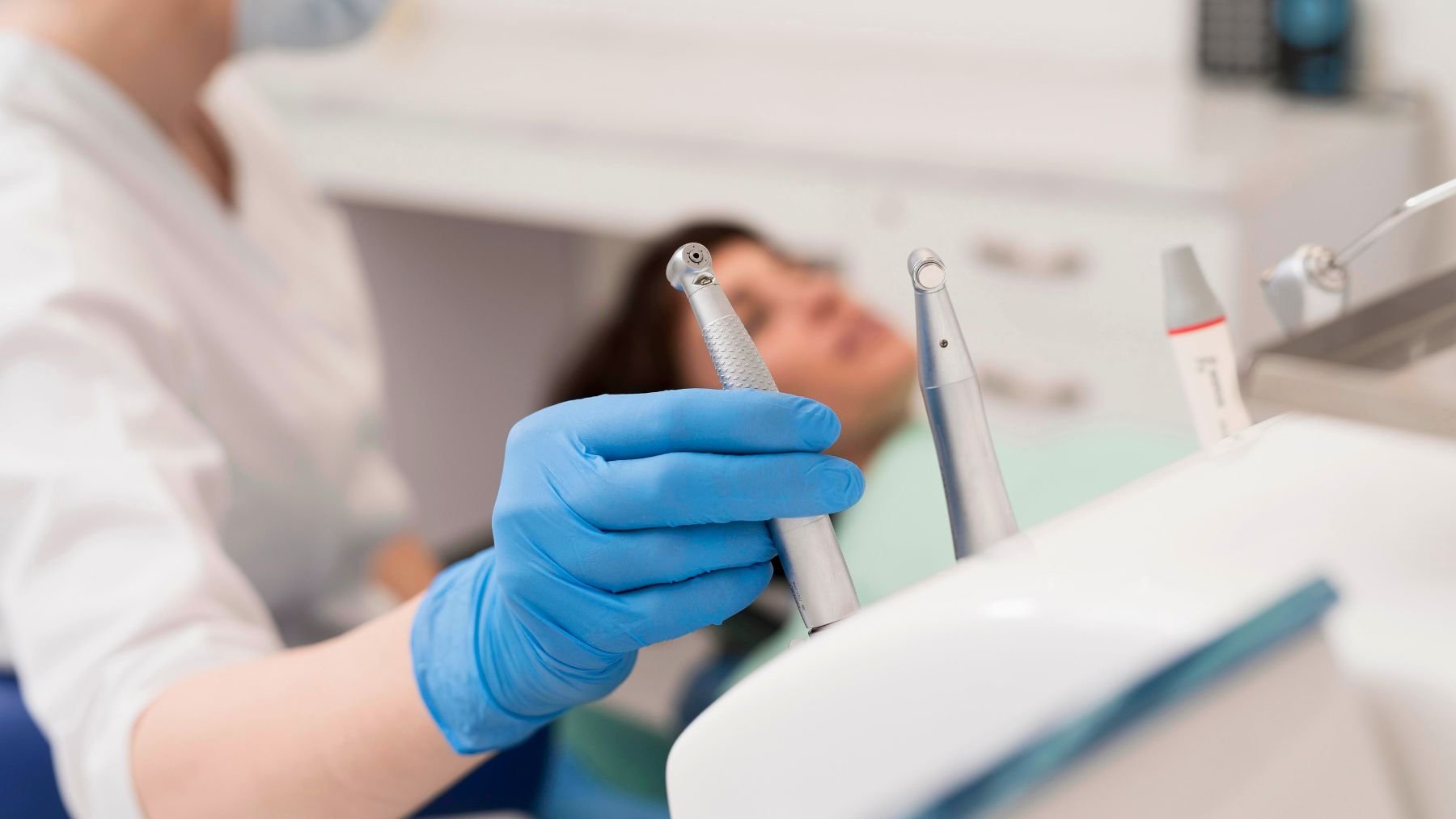When you think of a dental check-up, you probably picture a dentist looking for cavities or gum disease. New research suggests those visits could soon help spot conditions that go far beyond your teeth. With artificial intelligence supporting diagnostic tools, dentists may be able to identify early signs of diabetes, hypertension, skin cancer, and even osteoporosis.
A review published in the British Dental Journal looked at how AI could expand the role of dentistry in preventive healthcare. The authors analyzed 42 studies and found that AI systems show strong potential in detecting systemic diseases during routine dental care. Here, we’ll break down what the study covered and highlight the most important findings for patients and practitioners.
Dental care and AI: the focus of the study
The goal of the review was to explore how AI could help dentists recognize systemic health problems during regular appointments. To do this, the researchers carried out a structured literature search through PubMed, Google Scholar, and other databases. They included only studies that reported on innovative uses of AI for early disease detection that could realistically be used in dental clinics.
Their analysis spanned a wide range of conditions. The diseases and disorders highlighted included skin cancer, autism spectrum disorder, hypertension, diabetes, halitosis, osteoporosis, and carotid artery calcification. Each of these has biological or physical markers that may appear in or around the mouth, and AI technology can often detect subtle changes that the human eye could miss.
The authors emphasized that AI is not a substitute for dentists or physicians. Instead, it should be seen as an assistive tool that increases accuracy, supports earlier referrals, and improves collaboration across healthcare settings.
Key findings on systemic disease detection
The most striking insight from the review is how versatile AI can be when applied in a dental setting. For example, AI-driven image analysis has been used to identify suspicious lesions on the lips or inside the mouth that may indicate early skin cancer. Similar imaging tools can analyze tongue color and texture, which have been linked to metabolic changes associated with diabetes.
Another area of progress involves breath analysis. AI can process the chemical profile of exhaled breath to flag halitosis that may be tied not just to poor oral hygiene but also to systemic issues such as liver disease, kidney dysfunction, or metabolic disorders.
Radiographic imaging is another field where AI shows strong promise. Dental X-rays and cone-beam CT scans can reveal calcifications in the carotid arteries—early markers of cardiovascular disease. They can also detect bone density changes suggestive of osteoporosis. Algorithms trained to spot these patterns may alert dentists to risks that would otherwise go unnoticed during a standard exam.
The review also noted that AI tools might help in identifying neurodevelopmental conditions like autism spectrum disorder. Subtle behavioral or physiological cues observed during dental care could, when paired with machine learning systems, support earlier recognition and referral.
Across the 42 studies, the consistent theme was improved diagnostic accuracy. When AI was applied, dentists had a better chance of catching systemic diseases at an earlier stage. This early detection could lead to timelier medical interventions, reduced strain on healthcare systems, and better patient outcomes overall.

